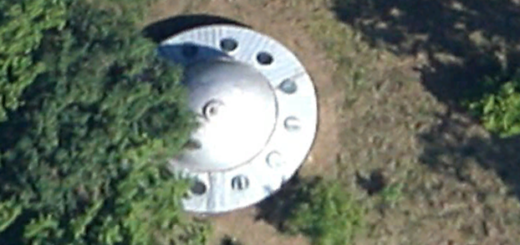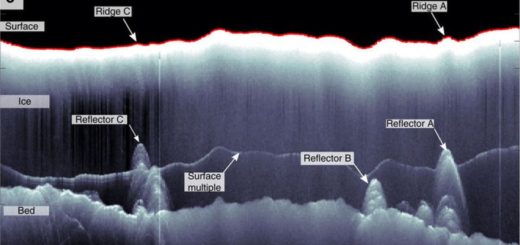Mystery solved? Dust cloud caused Betelgeuse star’s weird dimming, study finds

Astronomers may have solved the mystery of Betelgeuse’s bizarre brightness drop.
In the fall of 2019, Betelgeuse — one of the brightest and best-known stars in the sky — began dimming dramatically. By February 2020, it had lost about two-thirds of its normal luminosity.
Betelgeuse, which forms the shoulder of the constellation Orion (The Hunter), is a bloated red supergiant, a massive star that will die in a violent supernova explosion in the relatively near future. So some astronomers speculated that this “Great Dimming” might be the beginning of Betelgeuse’s death throes, and that the star could soon go boom.
Related: The brightest stars in the sky: A starry countdown
Click here for more Space.com videos…
But that didn’t happen. Betelgeuse bounced back to its expected brightness levels by April 2020, bolstering the more prosaic explanations for the Great Dimming. Perhaps Betelgeuse simply experienced a transient cooling episode, for example. Or maybe its light was temporarily blocked by a cloud of dust.
A new study supports the dust idea but suggests that stellar cooling played a role as well.
Researchers led by Miguel Montargès, an astrophysicist at the Paris Observatory and Université PSL, studied Betelgeuse before and during the Great Dimming, using multiple instruments installed at the European Southern Observatory’s Very Large Telescope in Chile.
The team combined these observations with detailed modeling of Betelgeuse, which is about 11 times more massive than Earth’s sun but 900 times more voluminous. (If you plunked Betelgeuse down where our sun sits, the supergiant would engulf Mercury, Venus, Mars and Earth.)
Together, the data sets suggest a likely Great Dimming scenario, which comports with previous research based on Hubble Space Telescope observations. Sometime before astronomers started noticing the dimming, Betelgeuse ejected a huge cloud of gas. Then, in the fall of 2019, convective cooling in the star’s atmosphere and its regular pulsations — Betelgeuse expands and contracts on a roughly 400-day cycle — dropped the temperature in the cloud’s surroundings, allowing much of the gas to condense quickly into dust. And this dust blocked much of Betelgeuse’s light as seen from Earth.
This image shows the location of the red supergiant star Betelgeuse in the constellation of Orion (the Hunter). Betelgeuse can be seen quite easily without the need for a telescope as the right shoulder of Orion, as highlighted in this diagram.
This image shows the location of the red supergiant star Betelgeuse in the constellation of Orion (The Hunter). Betelgeuse can be seen quite easily without the need for a telescope as the right shoulder of Orion, as highlighted in this diagram. (Image credit: ESO/N. Risinger (skysurvey.org))
“Our results confirm that the Great Dimming is not an indication of Betelgeuse’s imminent explosion as a supernova,” Montargès and his colleagues wrote in the new study, which was published online today (June 16) in the journal Nature.
However, “some red supergiants may show little or no sign of their impending core collapse, years to weeks before it happens,” they added. “Therefore, although the current mass-loss behavior of Betelgeuse does not appear to forebode its demise, it remains possible that it may explode without warning.”
The new research could have applications beyond merely understanding Betelgeuse, which lies about 720 light-years from Earth (though calculations of its distance vary a bit), astronomer Emily Levesque wrote in an accompanying “News and Views” piece in the same issue of Nature.
“This exquisitely detailed study of Betelgeuse’s unexpected behavior lays the groundwork for unravelling the properties of an entire population of stars,” wrote Levesque, who’s based at the University of Washington. “Next-generation facilities focused on monitoring stellar brightness over time, or on studying the signatures of dust in the infrared spectra of stars, could prove invaluable for expanding the lessons learnt here.”



 Creators of mankind
Creators of mankind Description of “Tall white aliens”
Description of “Tall white aliens” Where they came from?
Where they came from? About hostile civilizations
About hostile civilizations The war for the Earth
The war for the Earth “Tall white aliens” about eternal life
“Tall white aliens” about eternal life Video: “Nordic aliens”
Video: “Nordic aliens” Aliens
Aliens Alien encounters
Alien encounters The aliens base
The aliens base UFO
UFO Technology UFO
Technology UFO Underground civilization
Underground civilization Ancient alien artifacts
Ancient alien artifacts Military and UFO
Military and UFO Mysteries and hypotheses
Mysteries and hypotheses Scientific facts
Scientific facts


















